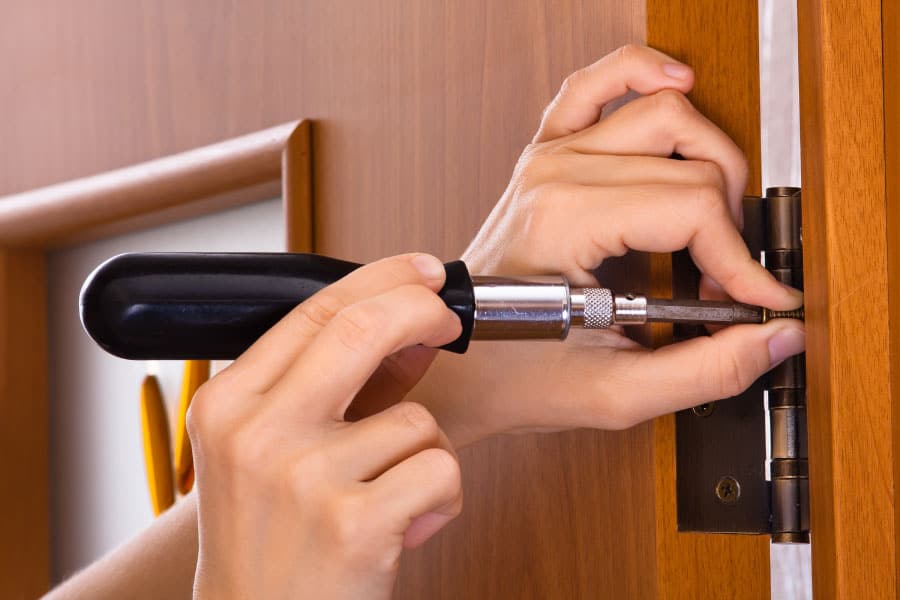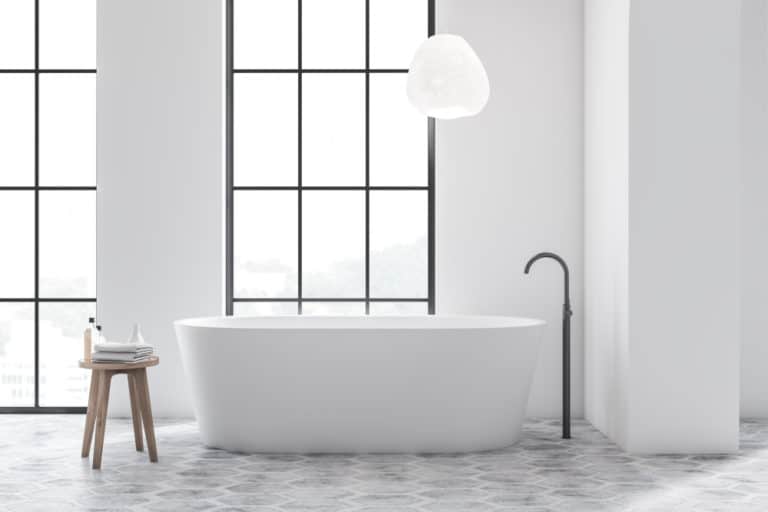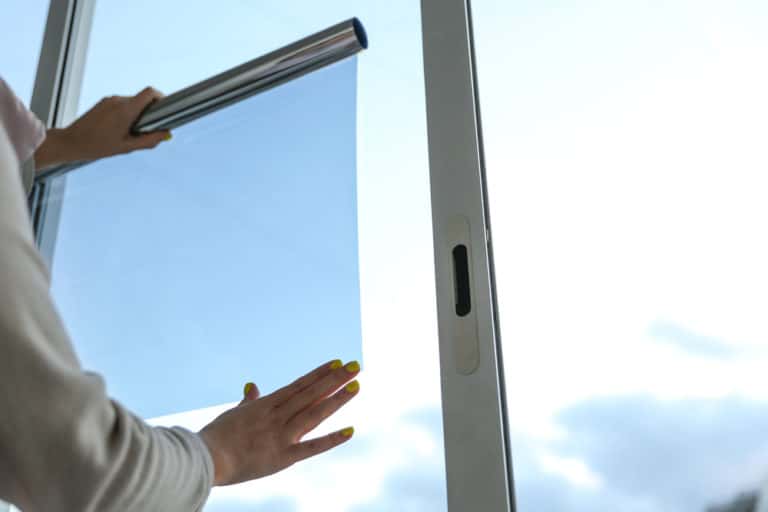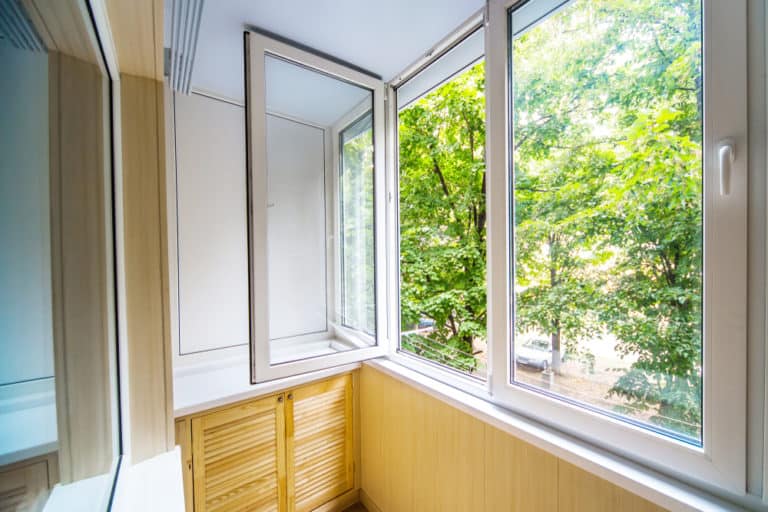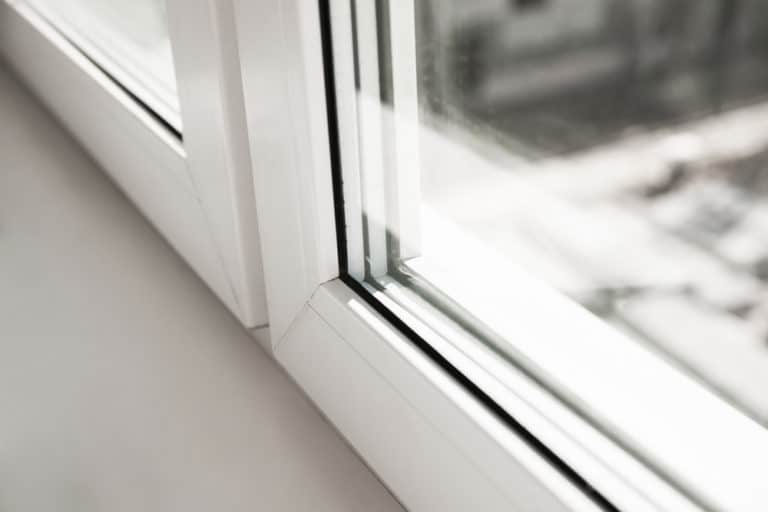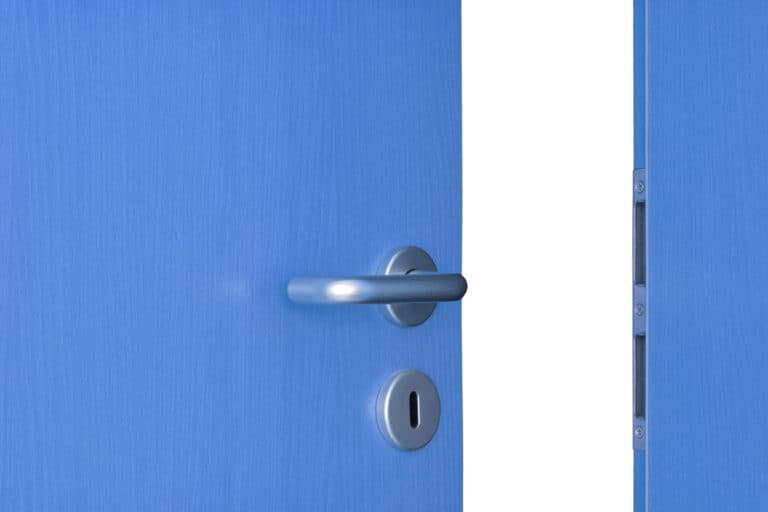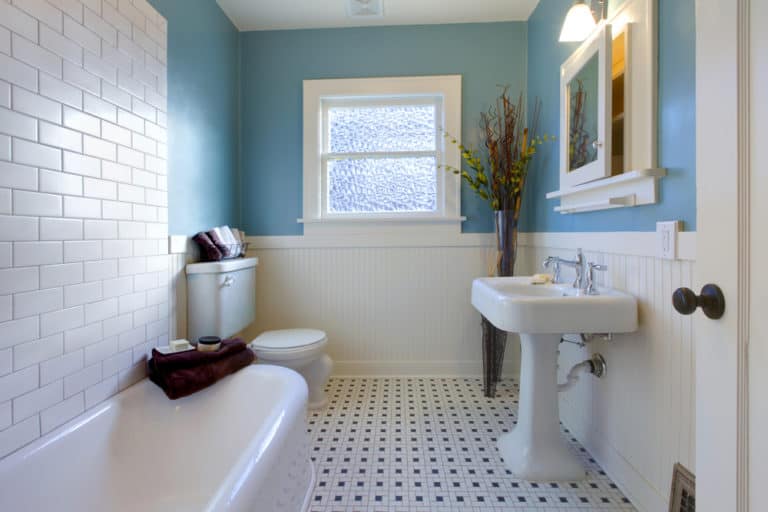Do Door Handles Have to Match Hinges?
Door handles and hinges may not seem like a big deal, and to be perfectly honest, it really isn’t. However, a well-designed home always pays attention to the details and takes nothing for granted.
The door is usually the entrance of any room. It’s the first thing that people see when they enter and the last thing they see when they exit. You’d always want your space to look it’s best, so the question is, do your door handles have to match the hinges?
Door handles do not have to match the hinges that attach them to the wall. There is no practical benefit to matching them. However, matching them for aesthetic purposes is fine, depending on the context of your design.
In this article, we’ll be going into how you can match door handles, when to match door handles, the anatomy of a door, and the relevance of a door in design.
Read on if you plan on doing renovations at home or if you just want to learn more about how doors affect architecture and design.
When to match door handles and hinges
A good scenario on matching your door handles and hinges is when it would match your space.
Door hinges, surprisingly, could have a good visual impact if used correctly.
Ever notice those “gold-like” door hinges/handles on wooden doors or the silver tinted door hinges/handles on the glass. Think of these parts as the garnish of your door that, although it will not be appreciated, it still has a contribution to the impression that a room makes on the mind.
Door designs alone already communicate what’s inside a room to people outside.
When not to match door handles and hinges
A good general rule of thumb is details such as hinges should sometimes be hidden, depending on the context. This is true for every part of the house. There are no set rules in interior design, just guidelines to follow to ensure that space looks at it’s best.
Can you imagine a brown hinge attached to a white door frame? It doesn’t look nice, and the brown-colored hinge would stick out like a sore thumb. Most carpenters would opt to paint over the door hinges in these cases.
It would be beneficial, however, to have a door handle that is contrasting to the rest of the room. Door handles are supposed to be easily identifiable and hard to miss, and most of the time, the design of a door is mostly dependant on what type of opening mechanism it has (handle, knob, etc.).
Anatomy of a door
A door may seem like a simple object; however, it’s much more complex than that. Below is a table listing the parts of the door and its relevance.
| Part | Description |
| Lockset | The lockset includes the handles on both sides of the door. Almost always attached as far away from the hinges as possible to minimize the force needed to open/close the door. |
| Rails | The rails are the horizontal members of the design of the door. |
| Stiles | The stiles are the outer vertical members of the design of the door. |
| Hinges | The hinges allow the door to move by providing a fulcrum between the door frame and the door itself. They are often attached at the top, middle, and bottom of the door and doorframe. |
| Mullions | The mullion is the center vertical member of the design of the door. |
| Panels | Panels are the spaces formed between the rails and the stile and are divided by the mullions. The biggest “empty” area on the door and is often the main decorated part of the door. |
| Sticking | The area between the panel and the stiles, rails, mullion. Since these areas are extruded differently, the sticking is the part that attaches the panel to the other parts. Think of it as the “walls” of the panel. |
| Jamb | Side posts of the door frame. |
| Stop | The door stop is the extruded part of the door frame, which allows the door to close. Think of it as a mini doorframe except for a few centimeters smaller |
| Frame | The overall part that attaches the door to the walls. |
| Threshold | Door thresholds are used mainly for weatherproofing purposes. It is the bottom part of a door frame that acts as a transition, often installed into the floor itself. |
Knowing the different parts of the door will allow you to make better choices during construction/renovations on what type of door you want and how it should be designed to fit in with your space and design.
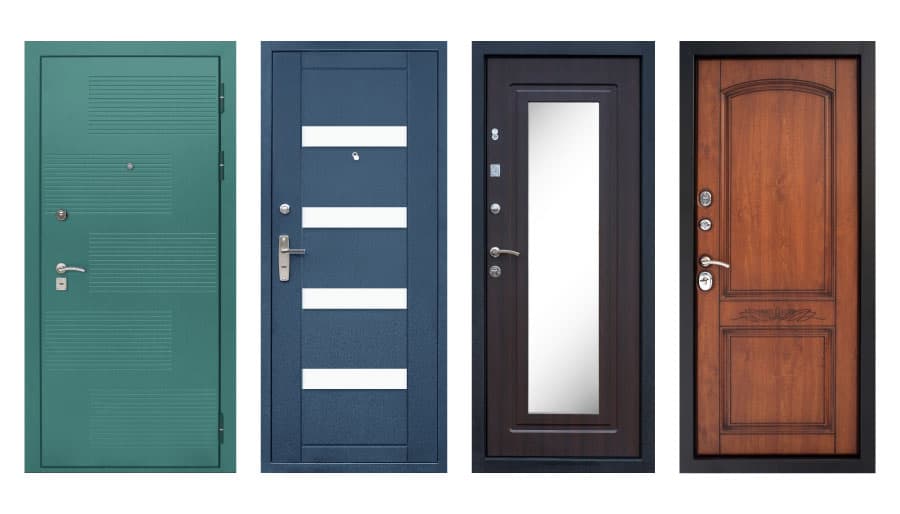
The importance of the door in design
Bear with me here, I’ll be going into a deeper meaning and use of doors.
The door design alone already communicates what’s inside a room to people outside. Most people make assumptions based on the design of the door alone. You wouldn’t see doors that lead to service/maintenance areas with ornaments, carvings, or exciting designs.
In all structures, although more prominent in public ones, a key idea in architecture is something we like to call “wayfinding.”
Wayfinding is designing the space in such a way that people wouldn’t get lost. The 2-dimensional aspect of wayfinding involves how the floor plan is planned out. The name of the game in this aspect is accessibility. It should be difficult and improbable for a public user to enter a space not intended for them suddenly.
If the floorplan cannot be manipulated, then that’s when objects are used to determine wayfinding. In the case of doors, ever notice why public areas, if they’re open, never have closed doors?
The shops in malls always have translucent doors, while the doors for the maintenance/employees use closed doors. Even if these closed doors are exposed to thousands of people each day, no one ever enters them to the point where there’s no need for security for this entrance.
That’s the beauty of wayfinding and the influence that good architecture has on buildings; it unconsciously affects the user’s behaviors towards an experience.
Doors serve as the guaranteed entrance/exit of spaces. As such, the architect usually frames the room in such a way that upon entrance, all the good elements are easily identifiable. Whenever we enter a new room, our brain scans around and familiarizes itself with the environment.
Conclusion
Design is a very fluid art that changes based on the context. What is right may become wrong, and what is wrong may become right. A space will always be the sum of its parts, and each part contributes to the look and feel of the entire room.
Although door hinges play a very small and insignificant role in any room, while sometimes hidden in fact to simply blend in, you can choose to match them with your door handles if it adds value to the total design of the space.
However, it is not needed for door hinges and door handles to match at all, and totally up to you and your personal preference.

